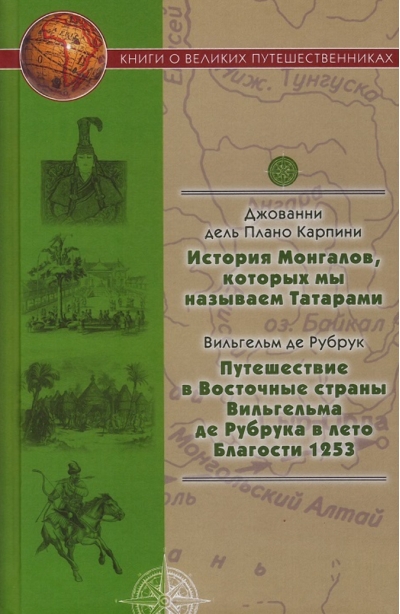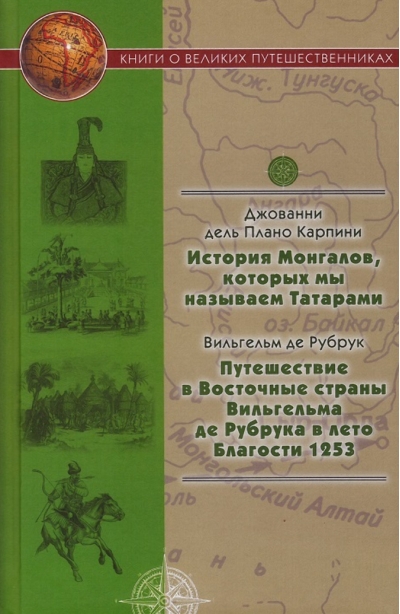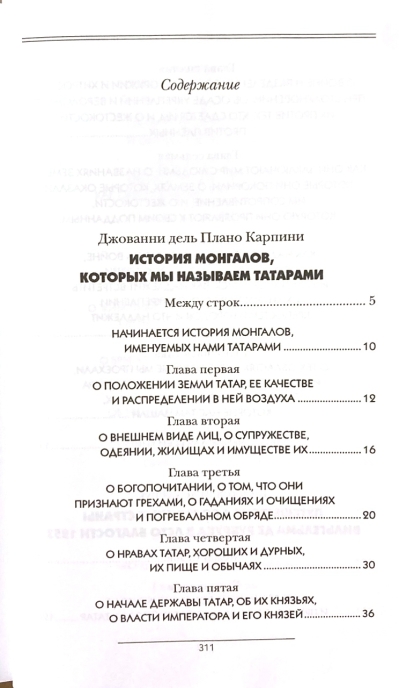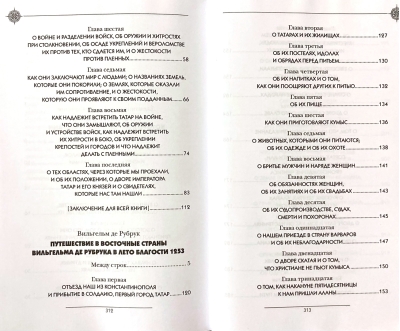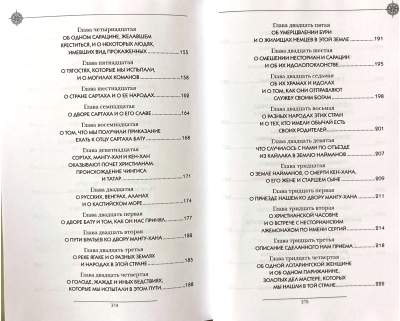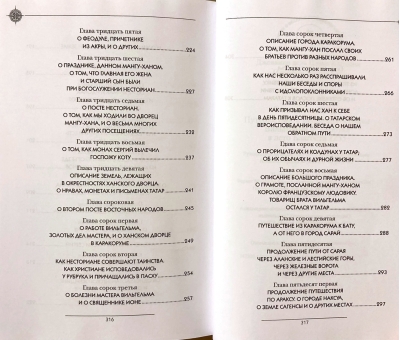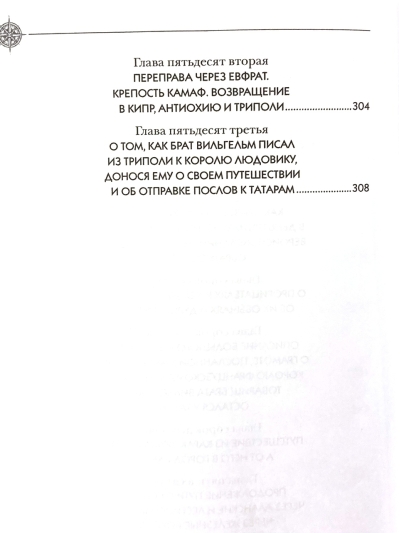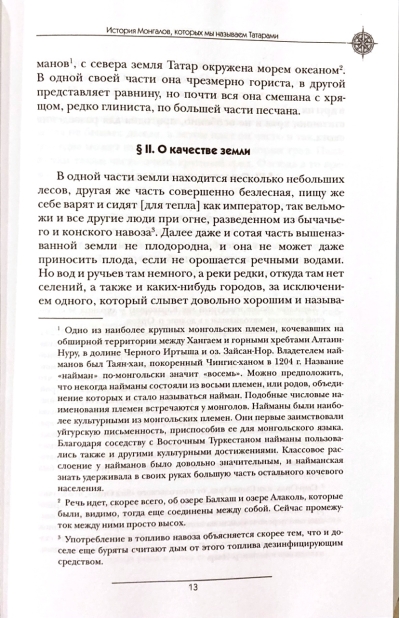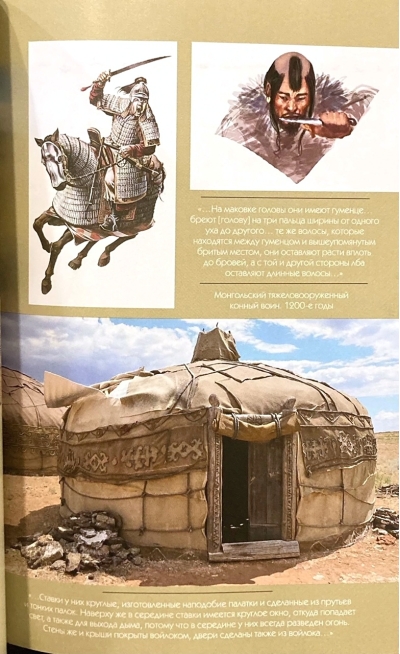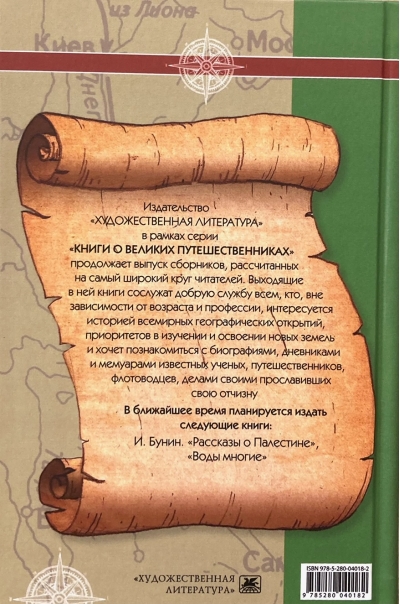The History of the Mongols, Whom We Call Tatars. Travels to the Eastern Countries by William of Rubruck in the Year of Grace 1253
19.99 €
The only thing available 2
In Asia in the 13th century a powerful early feudal empire of the Mongols arose, under whose aggressive blows many states of Asia and Eastern Europe fell. The Mongols undertook a second campaign to the West after the kurultai of princes in 1235. It was led by the grandson of Genghis Khan - the son of his eldest son Jochi, known in Russian chronicles under the name of Batu. The Mongolian army, huge for those times, set out on a campaign and in the course of several years conquered all the vast spaces of Desht-i-Kipchak, the lands of Bulgar, Crimea, and the Caucasus. In 1238 the conquest of the Russian principalities began - Ryazan, Vladimir, and other cities fell. In 1240 Kyiv was captured and devastated. Having conquered and plundered the Russian principalities, the Mongolian troops invaded Poland, Moravia, and Silesia, winning one victory after another. The Vatican, as the center of political intrigue and state pressure on the entire Christian world, was concerned about the Mongols' claims to world domination. Pope Innocent IV organized an embassy headed by a monk of the Franciscan Minor Order, Giovanni del Plano Carpini, who became the first educated European to visit Central Asia and leave a written account of his journey - "The History of the Mongols". Traveling for more than two years, Plano Carpini coped well with the intelligence task set before him. He described in sufficient detail the weapons, troops of the Mongols, as well as their tactics of waging war. In the fall of 1247, Plano Carpini arrived in Lyon, where he presented Pope Innocent IV with the response of the Mongol Khan Guyuk and his detailed report on the journey. Later, in 1253-1255, Guillaume de Rubruck (1220 - c. 1299) - a Flemish Franciscan monk, traveler-explorer, diplomat, writer, missionary, on behalf of the French king Louis IX also traveled to the Mongols, whom he called the Moals. More educated than his predecessor Plano Carpini, Rubruck was better prepared for his journey. Therefore, he was able to give a more significant description both in volume and restraint, although he did not succeed in his mission and did not convert Khan Mongke to the Christian faith. His journey took only a couple of years. But the work that the monk presented to his king upon his return from the Eurasian steppes is a medieval geographical and ethnographic masterpiece.
See also:
- All books by the publisher
- All books by the author
- All books in the series Books about great travelers


